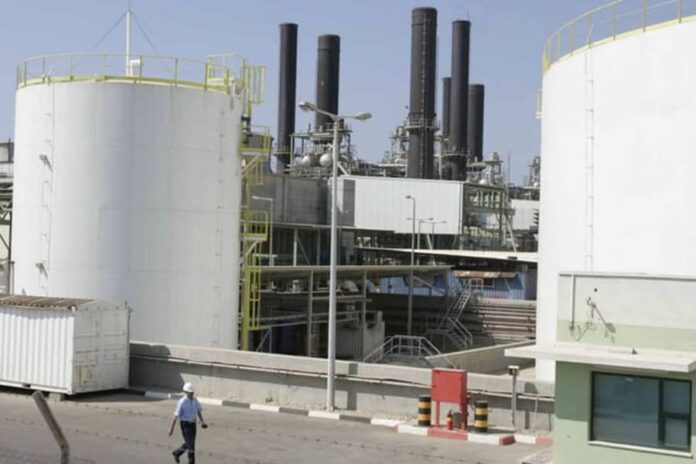Eli Cohen, the Minister of Energy and Infrastructure for Israel, announced that the country will construct power plants in Judea and Samaria for the first time ever.
At the close of October, the Israeli government revealed a proposal to construct two power plants and develop 200 hectares (approximately 494 acres) of solar photovoltaic (PV) fields in the West Bank.
Energy and Infrastructure Minister Eli Cohen stated that this marks the first occasion in Israel’s history that power plants will be established in Judea and Samaria.
This significant decision is part of The Arrangements Law for 2025, an annual government initiative presented to the Knesset alongside the state budget. This plan encompasses various government bills and reforms aimed at advancing the government’s economic agenda.
The legislation’s section on Enhancing the Energy Security of Israel’s Electricity Sector details a strategy for establishing power plants and photovoltaic (PV) projects.
This chapter describes the government’s approach to boosting energy generation and efficiency in Israel, which includes leveraging Palestinian territories to supply electricity to both Israel and the West Bank.
Furthermore, the government indicated that, alongside the two proposed power plants, there is potential for constructing more facilities in the West Bank by designating additional land for this purpose.
The tender, or tenders, might encompass a larger expanse of land than necessary for the two proposed plants, as noted in the announcement. This additional space is intended to accommodate future conventional power plant developments.
As reported by Israel Hayom, seven locations in the West Bank are under consideration for the potential establishment of these power plants: the Jabal Almuktam region to the west of Ramallah; the planned industrial zone Bustani Hefetz near Tulkarm; the upcoming industrial area Nahal Raba south of Kalkilya; the Tarkumiya site west of Hebron; the Nabi Musa region south of Jericho; and finally, the Mehola area located in northern Jordan Valley.
Out of the seven potential sites for the power plants, six are situated along the Green Line. These sites were selected due to their closeness to Israel and ease of access for government operations.
Furthermore, the government has stated that the 200 hectares designated for photovoltaic (PV) fields may not be located in a single area but could be distributed across Area C. Currently, there are 92.5 hectares already utilized for solar fields within the settlements.
What makes this plan a topic of debate?
The recent legislation concerning the construction of power plants and photovoltaic (PV) fields in the West Bank is highly controversial. Many critics argue that it breaches international law and undermines Palestinian rights.
The NGO Peace Now contends that international law prohibits an occupying force from utilizing the resources of an occupied area for its own benefit. Furthermore, it stipulates that these resources should be dedicated solely to the welfare of the local population under protection.
The initiative to develop power plants and PV fields in the West Bank is intended to serve all of Israel, rather than just the Palestinians residing there, which has sparked accusations of legal violations.
In response, a legal advisor from the Defense Ministry noted that since most Palestinians receive their electricity from Israel, enhancing Israel’s energy infrastructure ultimately serves their interests as well.

